Fellini Museum in Rimini: the history of great Italian cinema
Fellini Museum: the tickets most chosen by travelers
Fellini Museum: Entry Ticket
Take a peek inside the world of Federico Fellini and great Italian cinema
from 10 €

Fellini Museum: what to see and why to visit it
The Fellini Museum in Rimini is a true temple dedicated to the history of great Italian cinema (and more), a tribute in particular to the cinematographic genius of Federico Fellini, originally from the city in Romagna, which promises visitors a totally immersive journey into the dreamlike and visionary worlds of a master of the big screen.
This widespread museum, sited over three fantastic locations in Rimini, that are Castel Sismondo, Piazza Malatesta and Palazzo del Fulgor, invites film enthusiasts to dive into the creative and narrative universe of one of the most influential directors of the 20th century, in the Italian but also International scene, awarded with the prestigious Oscar golden statuette for best foreign film for La strada (1954), Le notti di Cabiria (1957), 8½ (1963) and Amarcord (1973), followed also by an honorary Oscar for his career in 1993, the year of his death.
Through interactive installations, screenings, documents and an interesting collection of personal things, the museum retraces the great career of Federico Fellini, revealing curiosities, artistic influences and the strong bond between the director and his hometown. Rimini thus becomes an open-air set, where to relive the atmospheres of his most famous films and discover how reality transforms, under his gaze, into a kaleidoscope of emotions and sensations. Visiting the Fellini Museum is an absolutely must experience for those who wish to deepen their knowledge of the world of great Italian cinema and breathe in the unique atmosphere of this city of art and culture.

Discover all other experiences
What is included in the Fellini Museum entrance ticket
The standard entrance ticket to the Fellini Museum will allow you to access all the exhibition areas in the three museum locations dedicated to the famous Italian director, that are Castel Sismondo, Piazza Malatesta e Palazzo del Fulgor in Rimini.
Cinemino: a noteworthy attraction, included in the ticket price, is the Cinemino, a small theater in Palazzo del Fulgor with free access where every Tuesday from 2:00 pm onward, Federico Fellini's films are programmed and shown in rotation.
Bookshop: the Fellini Museum has an official Bookshop, accessible to all during opening time, where you can find and purchase a precious selection of publications about Federico Fellini, his entire filmography in DVD or Blu-ray, and also gadgets and unique material that are difficult to find elsewhere, such as film posters, shopping bags, notebooks, pencil cases, pins, t-shirts and much more, all branded with the Museum’s logo.
Partner restaurants: the Fellini Museum has agreements with many bars and restaurants in the centre of Rimini, with the possibility for customers to save on the price of the ticket or on the meal; specifically, by showing the receipt from a partner restaurant, it is possible to access the museum on the same day of the consumption, or within the following two days, with a reduced ticket price of €5, or vice versa by showing the museum entrance ticket in one of the partner restaurants on the same day of the visit, or within the following two days, it is possible to benefit from a 10% discount on the meal cost.
The entrance ticket to the Fellini Museum includes access to the attractions and installations at Castel Sismondo, Piazza Malatesta and Palazzo del Fulgor in Rimini.
The entrance ticket to the Fellini Museum does not include the guided tour service, nor gadgets and souvenirs to be purchased separately at the Bookshop.
Fellini Museum: tips for your visit
How to get to the Fellini Museum
The locations of the Fellini Museum are located in the centre of Rimini and they’re easily accessible for visitors, even those coming from outside the city. Here are the directions:
By train: the museum is less than 15 minutes on foot from Rimini central station, once you get off the train, just proceed to Piazzale Cesare Battisti-Giardini Silver Siriotti and then turn left towards Via Gambalunga, from here continuing straight you will arrive directly at Piazza Malatesta and Castel Sismondo; if you prefer to visit Palazzo del Fulgor first, still from Piazzale Battisti you will have to proceed straight on Corso Giovanni XXIII.
You will still be able to move easily between the locations of the Fellini Museum, in fact it only takes 5 minutes on foot along Via Giuseppe Verdi to go from Fulgor to Piazza Malatesta and Castel Sismondo and vice versa.
By car: if you prefer to arrive in Rimini with your own vehicle, the ideal is to drive the A14 highway, then take the exit for Rimini Nord or Rimini Sud, and then proceed following the signs for Centro.
You can park your car at Parcheggio Tiberio (Borgo San Giuliano), Parcheggio Italo Flori (Via Fracassi) and Parcheggio ex Area Sartini (Via Circonvallazione Occidentale).
The best experiences in Bologna
Best attractions around Fellini Museum
all entrance tickets for the most popular Italian attractions
Masone Labyrinth
BolognaClassis Museum and the Basilica of Sant'Apollinare in Classe
Emilia RomagnaMaranello Ferrari Museum
BolognaAsinelli Tower
BolognaUseful information and FAQs about Fellini Museum: prepare for your visit
What’s the opening timetable of Fellini Museum?
The Fellini Museum is open every day, including working days and holidays, except Mondays (not holidays); the exhibition at Castel Sismondo and Piazza Malatesta is open from 10:00 am to 1:00 pm and from 4:00 pm to 7:00 pm, while the spaces at Palazzo del Fulgor are open from 11:00 am to 5:00 pm. Last admission is available up to one hour before closing.
What’s the ticket price of Fellini Museum?
The standard ticket price to visit the Fellini Museum is €10, except on Wednesdays at the reduced price for everyone of €8; it is also possible to purchase a ticket valid for visiting only the section at Palazzo del Fulgor, at a price of €2.
The ticket for the Fellini Museum is refundable by 23:59 of the day before the visit, if you have purchased a ticket with a refund option. It is not possible to reschedule the date of the ticket.
Does Fellini Museum organize guided tours?
The first Sunday of every month at 11:00 am the Fellini Museum organizes a guided tour of the exhibition (only Castel Sismondo and only in Italian), with online booking, at the reduced price of €8.
Locations and attractions of the Fellini Museum in Rimini
Visiting the Fellini Museum in Rimini is an extraordinary opportunity to delve into the magic of cinema and the creative world of one of the most important directors in the history of this art, with the possibility of discovering the beauties of the city. In fact the museum is divided into three different locations of great cultural impact:
Castel Sismondo: the large renaissance castle is the setting of the most emotional area of the Fellini Museum, its rooms host a series of installations to explore the unique poetics of Federico Fellini, a true narrative museum that celebrates the director's visionary nature through spectacular stage machinery; here it will be possible to find the 'imaginary machines' capable of introducing spectators to original cognitive paths to build a unique and very personal experience in a museum with the noble ambition of activating culture and critical sense.
Piazza Malatesta: in front of Castel Sismondo a fog rises, specifically wanted to recall the passage of the transatlantic Rex in Amarcord; but nevertheless, this splendid square also hosts Il Bosco dei nomi, a very special attraction created by the poet Tonino Guerra which consists of a set of stone flowers on which are engraved the names of great cinema personalities, and friends, including of course Federico Fellini and his wife Giulietta Masina, Marcello Mastroianni and Michelangelo Antonioni, set in a green area that recalls the rural scenes of Amarcord and the iconic meeting point between the countryside and the city.
Palazzo del Fulgor and the Rhino: the eighteenth-century building, characterized inside by a large monochromatic space that favors the perception of verticality, is the third stop of the museum that through visual, technological and interactive tools accompanies visitors on a spectacular journey into Fellini's imagination; it hosts permanent attractions such as Stanza delle parole and the Cinemino.
In Piazzetta San Martino, adjacent to the Fulgor, there is also a suggestive sculpture of the Rhino that recalls the ending of the film E la nave va, one of the many animals that populate Fellini's cinema, messengers of worlds, sensations, profound and hidden aspects of human nature, an unmissable attraction for your visit.
Federico Fellini, a great master of cinema
Federico Fellini (1920-1993) was one of the greatest directors in the history of cinema, both Italian and international, known for his visionary and dreamlike style. Born in Rimini, a city on the Adriatic coast in Romagna, Fellini was able to transform memories from his childhood and adolescence into a universal imagery, full of nostalgia and surrealism, key elements of his poetics.
After moving to Rome, Fellini began his career as a screenwriter, collaborating on famous neorealist films such as Roma città aperta (1945) by Roberto Rossellini. He made his directorial debut with Luci del varietà (1950) together with Alberto Lattuada, but continued his career independently achieving fame with La strada (1954), a poetic and poignant story that won the Oscar for best foreign film. This was the first of four Oscars won in this category, along with masterpieces such as Le notti di Cabiria (1957), 8½ (1963) and Amarcord (1973), the latter a direct homage to his Rimini.
In his films, in fact, Rimini is more than a backdrop or a simple reference to his homeland: it’s a soul place, an inexhaustible source of inspiration, and although he rarely shot scenes there, it emerges as an emotional landscape made of eccentric characters, childhood memories and fairy-tale atmospheres. Amarcord, in particular, recreates with affection and irony an imaginary Rimini, populated by iconic figures who embody the dreams and contradictions of a provincial Italy, in search of its own role and its own space.
Fellini got many international awards in his long career. In addition to the aforementioned four Academy gold statuettes, the greatest master of Italian cinema also boasts a Palme d'Or, a David di Donatello and another Oscar, this time for best costumes, for the immortal La Dolce Vita (1960), an exceptional picture of the high society of Rome in 1950’s starring Marcello Mastroianni and Anita Ekberg, who entered the cinema hall of fame with the famous scene of the Trevi Fountain.
Fellini also won an honorary Oscar for his career in 1993, the year of his death, as an eternal acknowledgment of the immense influence that his poetics and style have had on generations of filmmakers, consecrating him as one of the absolute masters of an art that, for more than a century, has satisfied our deepest desires more than any other.



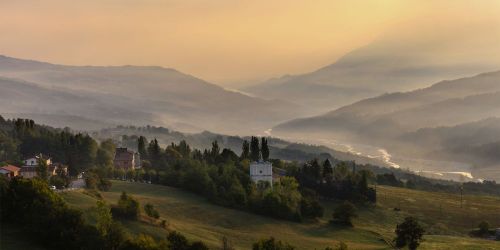
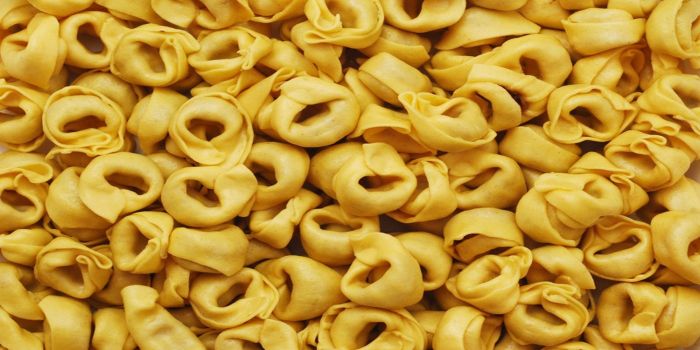
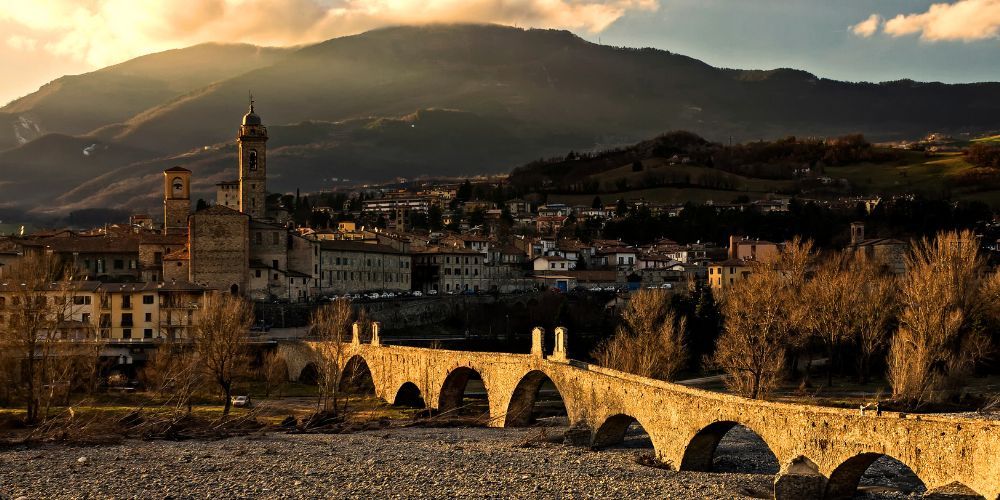

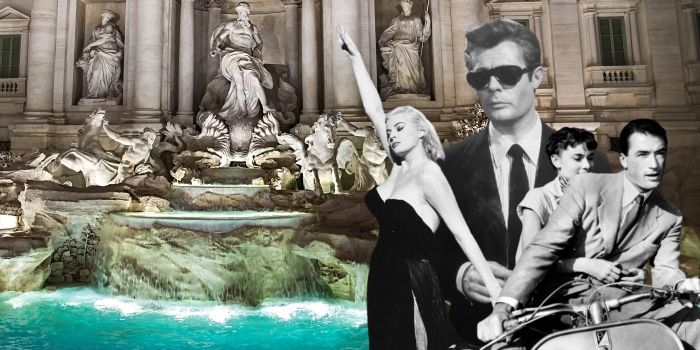

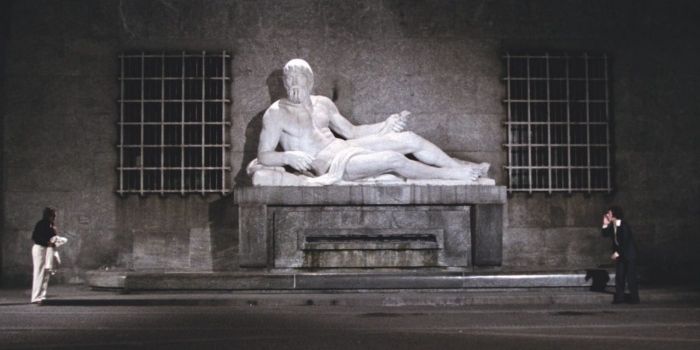

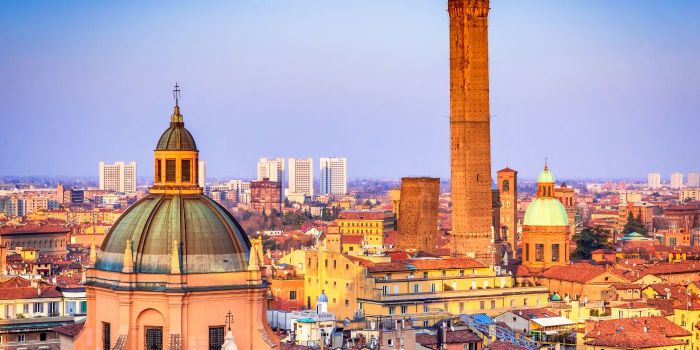








Massimiliano Antonio Primi
The Fellini Museum is a true temple dedicated to a great master of the history of Italian and international cinema, located between Castel Sismondo, Piazza Malatesta and Palazzo del Fulgor in Rimini, an extraordinary journey to discover the creativity and poetics of a visionary director.